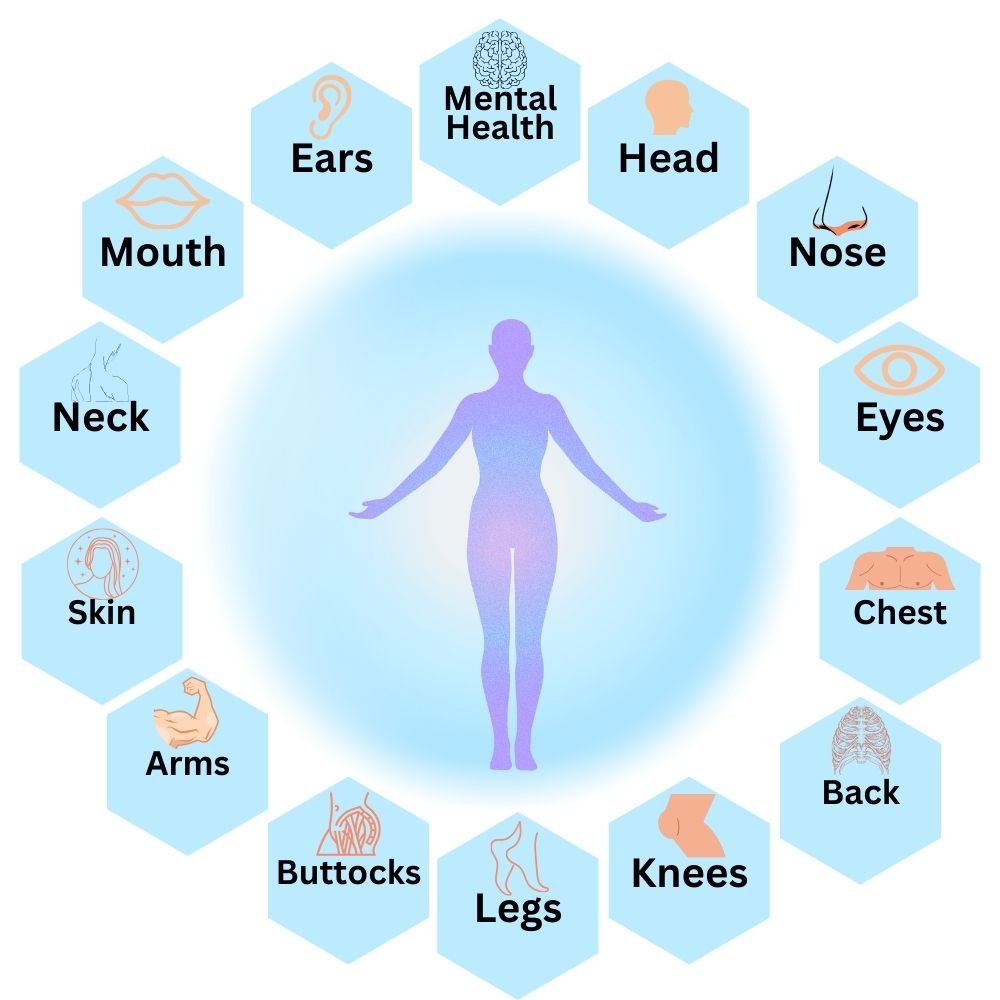Back Pain is a prevalent condition affecting millions of individuals worldwide, impacting their quality of life and productivity. Whether it stems from injury, poor posture, or underlying health issues, managing back pain effectively is crucial for overall well-being. Understanding the reasons behind it, appropriate treatments, diagnostic tests, and lifestyle adjustments are pivotal in alleviating discomfort and preventing further complications.
COMMON CAUSES
Back pain can have causes that aren’t due to underlying disease. Examples include overuse such as working out or lifting too much, prolonged sitting and lying down, sleeping in an uncomfortable position or wearing a poorly fitting backpack.
SELF-TREATMENT
If pain is severe, resting for up to two days may help. Taking a pain reliever, such as ibuprofen, paracetamol, diclofenac or naproxen may also ease discomfort.
SEEKING MEDICAL CARE
See a doctor immediately if you:
Experienced a trauma such as a car crash or fall
Develop a fever
Have trouble passing stool or urinating
Make an appointment to see a doctor if you:
Feel intense or constant pain
Develop pain that extends down one or both legs
Have weakness, numbness or tingling in one or both legs
Experience swelling, redness or unintentional weight loss
Can’t work, sleep or perform daily activities










